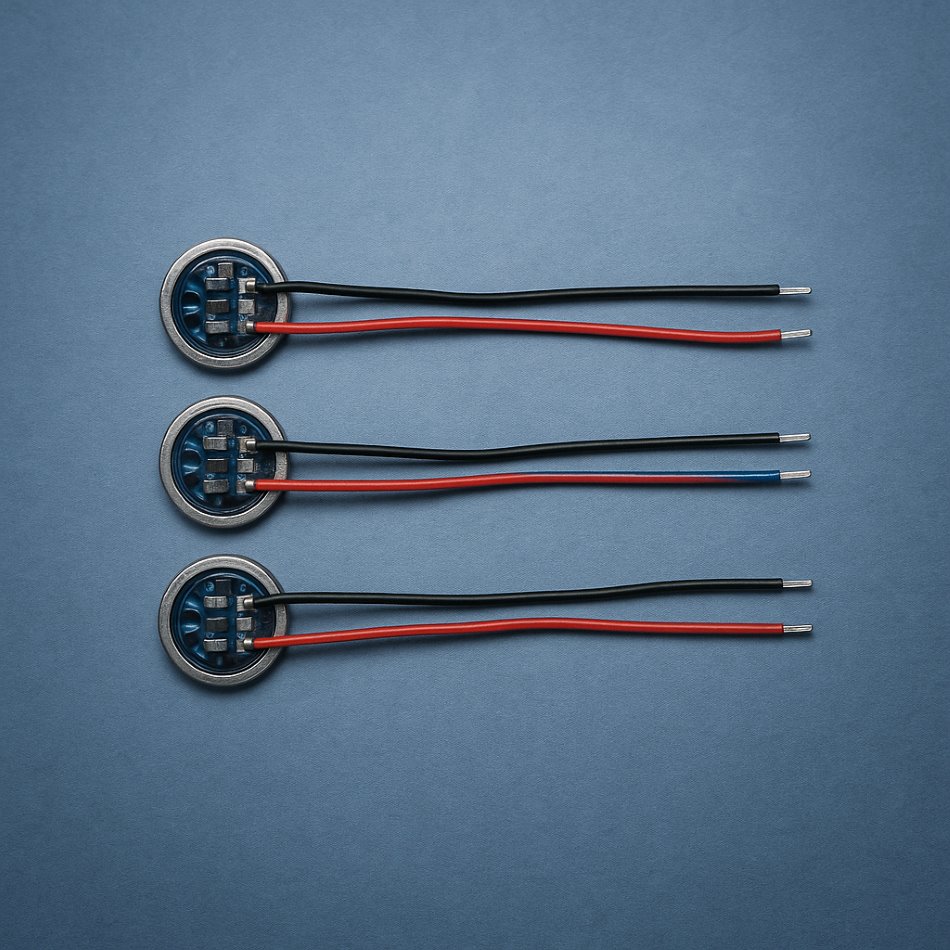
Airflow sensors are essential to the performance and safety of vape devices. They detect user inhalation and activate the device accordingly. Several sensor technologies are used in the industry today. Each has its strengths and limitations. Understanding these helps manufacturers select the most suitable solution.
MEMS Airflow Sensors: Precision in a Compact Form
Micro-Electro-Mechanical Systems (MEMS) sensors are widely used in modern vape devices. These sensors detect airflow using thermal or pressure-based measurements on a micro-scale chip. As a result, they offer high precision and fast response. Moreover, MEMS sensors are compact and energy-efficient. This makes them ideal for small consumer electronics like vapes. They are also highly reliable and consistent over time. However, they are typically more expensive than other types.
Despite the cost, MEMS technology continues to grow in popularity. This is due to its ability to combine accuracy, size, and low power consumption in one package.
Differential Pressure Sensors: Accurate but Sensitive
Differential pressure sensors work by measuring the pressure difference between two points. When a user inhales, the sensor detects the change and signals the device to activate. These sensors are known for their accuracy and sensitivity. They perform well even at low airflow rates, which is essential in vape applications. Furthermore, they are relatively cost-effective and easy to integrate. On the downside, they can be affected by environmental changes. Humidity and temperature fluctuations may impact performance. Regular calibration is often necessary to maintain accuracy.
Capacitive Airflow Sensors: Simple and Cost-Effective
Capacitive airflow sensors measure changes in capacitance as airflow moves through the device. They are simpler in design compared to MEMS and differential pressure sensors. This makes them more affordable. Because of their simplicity, capacitive sensors are suitable for basic vape models. They provide acceptable sensitivity and are easy to manufacture. However, they generally offer lower accuracy and slower response times.
As a result, they are often used in budget-friendly devices where precision is not critical. They are not ideal for premium products that require fast and precise airflow detection.
Comparing the Sensor Types
When selecting an airflow sensor for vape devices, several factors must be considered. MEMS sensors are best for high-end devices. They provide fast, accurate detection with low power use. Differential pressure sensors strike a balance between cost and sensitivity. Capacitive sensors offer a low-cost option but with trade-offs in performance.
In addition, designers must consider durability and long-term stability. MEMS sensors tend to lead in this area, while capacitive types may degrade over time. Environmental resistance is also key, especially for users in varying climates.
Conclusion: Matching Sensors to Product Needs
Each airflow sensor type offers unique benefits. The choice depends on device design, budget, and performance goals. As vape technology advances, demand for smarter and more responsive sensors will grow. Manufacturers like Rimyi must stay ahead by understanding these sensor differences and choosing wisely.


